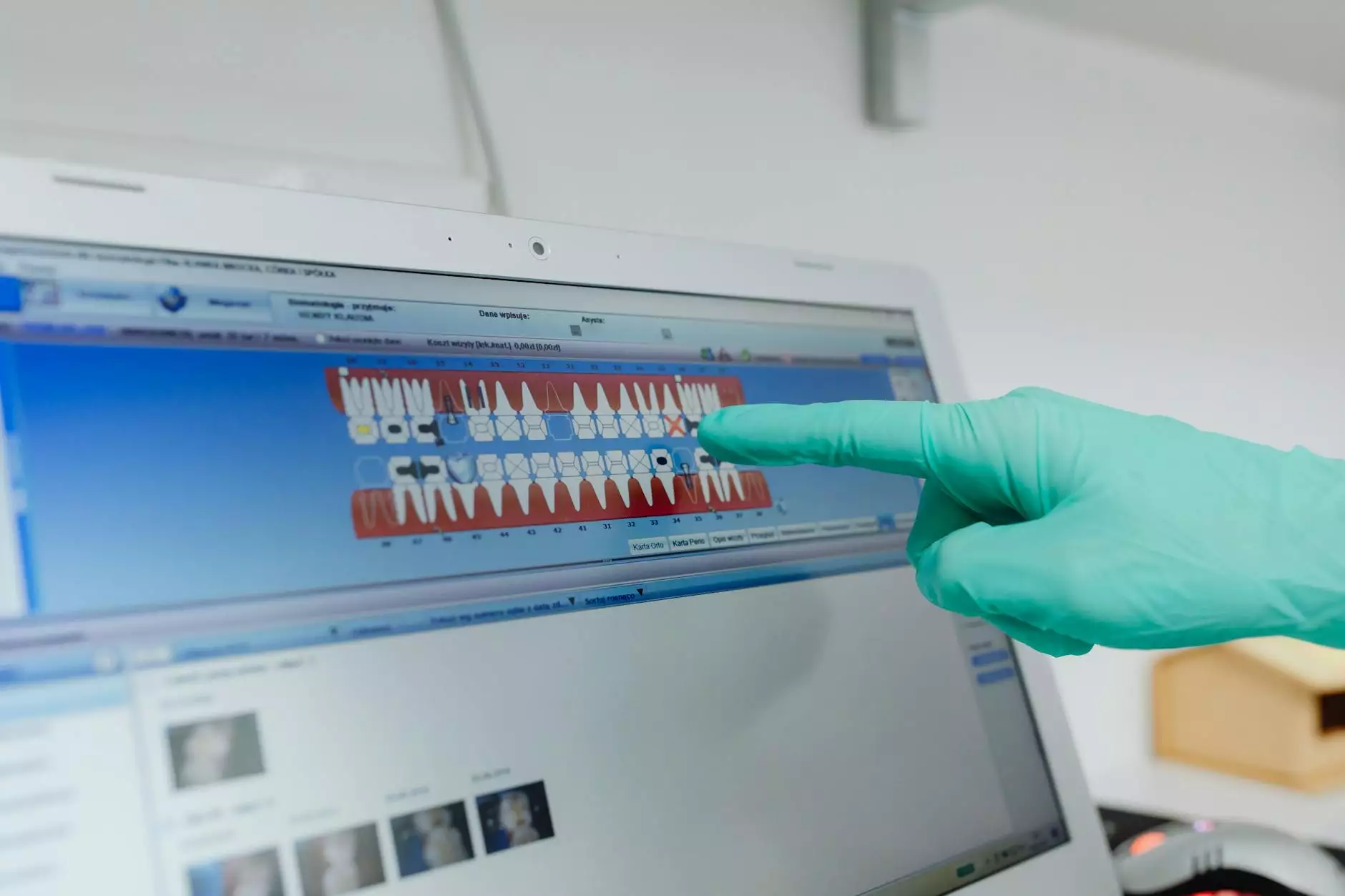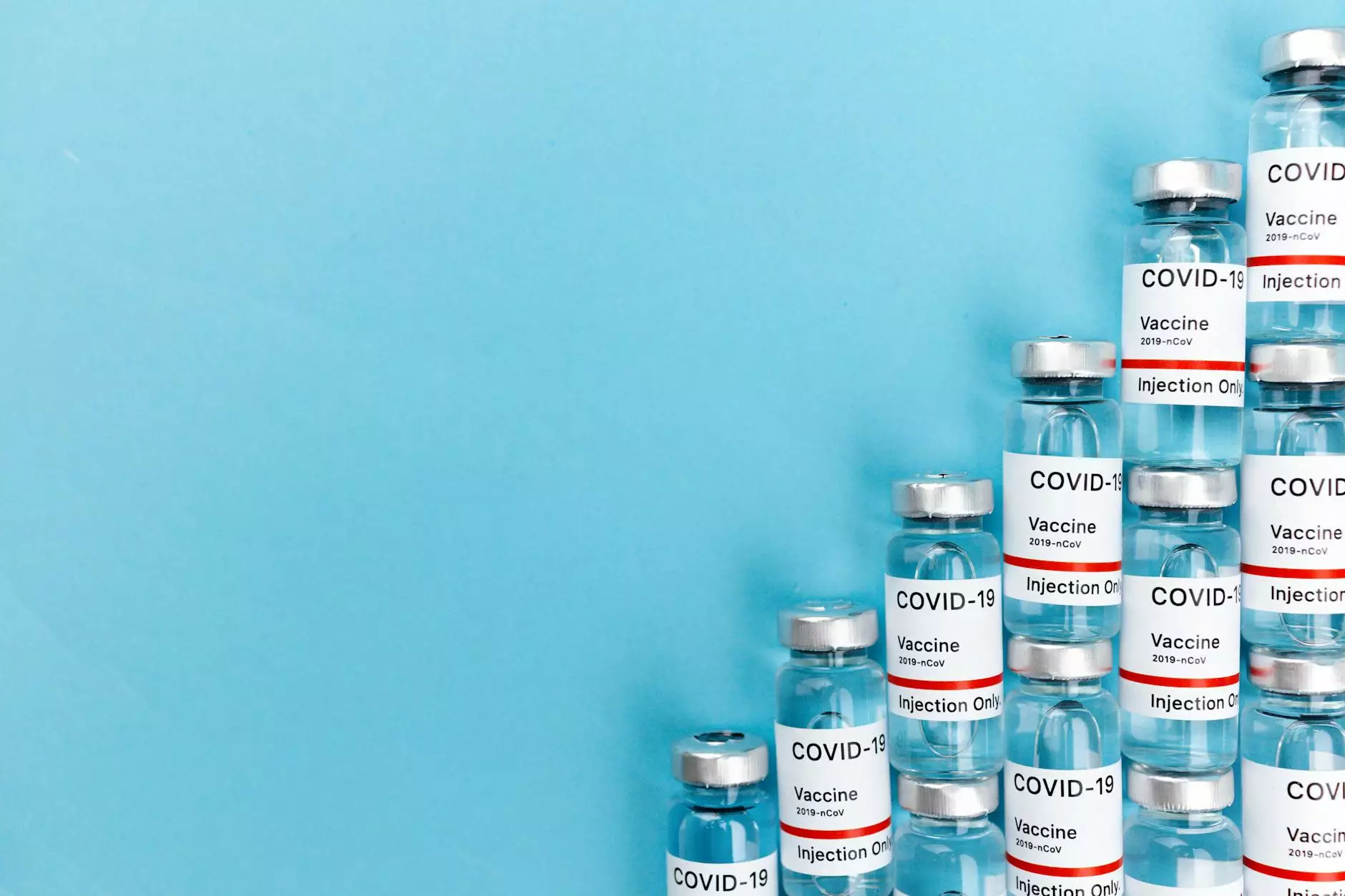Understanding the Risks After Hysterectomy: Essential Insights

Hysterectomy is a surgical procedure for the removal of the uterus, often employed to treat various medical conditions affecting women’s reproductive health. While it can significantly improve quality of life by alleviating symptoms such as severe menstrual pain, fibroids, or cancer, it is important to understand the risks after hysterectomy that may arise post-surgery. This article aims to delve deep into these risks, how to mitigate them, and what patients can expect throughout their recovery journey.
The Procedure: What to Expect During Hysterectomy
Before discussing the risks after hysterectomy, it's vital to understand the surgical procedure itself. A hysterectomy can be performed in various ways:
- Abdominal Hysterectomy: Involves making a large incision in the abdomen.
- Vaginal Hysterectomy: Conducted through the vagina, usually resulting in a quicker recovery.
- Laparoscopic Hysterectomy: Minimally invasive, utilizing small incisions and a camera for guidance.
Each method has its specific indications and potential complications that can influence post-operative recovery and overall health.
Common Risks After Hysterectomy
As with any major surgery, hysterectomy presents certain risks that should never be overlooked. Understanding these risks can help patients make informed decisions and prepare adequately for post-surgical life. Below are some of the most prevalent risks associated with hysterectomy:
1. Immediate Surgical Risks
Immediately following the surgery, patients may experience several complications:
- Bleeding: Excessive bleeding during or after surgery can lead to serious complications.
- Infection: Post-surgical infections may occur at the incision site or internally.
- Anesthesia Reactions: Reactions to anesthesia can occur, though they are relatively rare.
- Damage to Surrounding Organs: There is a risk of damage to nearby organs such as the bladder, urethra, or bowel.
2. Long-Term Health Risks
Aside from immediate risks, patients should also consider long-term health implications:
- Hormonal Changes: If the ovaries are removed, this can lead to immediate menopause, causing hot flashes, mood swings, and other symptoms.
- Cardiovascular Issues: Studies suggest that hysterectomy can lead to a higher risk of heart disease due to the loss of hormone production.
- Osteoporosis: Without estrogen, women may face an increased risk of bone density loss.
3. Emotional and Psychological Effects
The emotional aftermath of a hysterectomy can sometimes be overlooked, yet it is profoundly important:
- Loss of Fertility: For many women, the inability to conceive can trigger feelings of grief and loss.
- Depression and Anxiety: Changes in hormone levels and lifestyle adjustments may lead to mental health challenges.
How to Mitigate the Risks After Hysterectomy
Understanding and preparing for the risks after hysterectomy can significantly improve recovery outcomes. Here are several proactive measures:
1. Choose an Experienced Surgeon
Selecting a skilled and experienced surgeon is crucial. Inquire about their surgical volume and success rates. A competent surgeon can reduce the risk of complications.
2. Follow Pre-operative Advice
Adhere to pre-surgical instructions provided by your healthcare team. This may include dietary adjustments, medication management, and lifestyle changes.
3. Post-operative Care and Monitoring
Committing to a post-operative care plan is equally essential. This includes:
- Regular Check-ups: Attend all follow-up appointments to monitor recovery.
- Recognizing Symptoms: Be aware of warning signs of complications, such as excessive bleeding or signs of infection.
- Healthy Lifestyle Choices: Engage in a balanced diet, regular exercise, and smoking cessation to improve overall health and recovery.
Proactive Steps for Long-Term Health After Hysterectomy
Post-hysterectomy health extends beyond the period immediately following the surgery. Here are some long-term considerations:
1. Hormone Replacement Therapy (HRT)
Consulting with your healthcare provider about hormone replacement therapy might be beneficial for alleviating severe menopausal symptoms. It’s important to weigh the pros and cons based on personal health history.
2. Regular Health Screenings
Engaging in regular health screenings can help catch potential issues early, particularly for cardiovascular health and bone density:
- Mammograms: Regular mammograms for breast health.
- Bone Density Tests: Monitoring bone health to prevent osteoporosis.
- Cardiovascular Assessments: Regular cholesterol and blood pressure checks.
3. Support Networks
Building a support network of friends, family, or support groups can provide emotional comfort and practical help during recovery.
Conclusion
Understanding the risks after hysterectomy is essential for anyone navigating this life-altering surgery. By recognizing potential complications, taking steps to mitigate them, and maintaining ongoing health care and emotional support, individuals can ensure a smoother transition into life post-hysterectomy. Always consult your healthcare provider for personalized advice tailored to your unique situation, and never hesitate to seek help when needed.
For more comprehensive information on hysterectomy and related procedures, visit drseckin.com, where expert insights and patient-oriented resources are available to help guide you through your healthcare journey.









